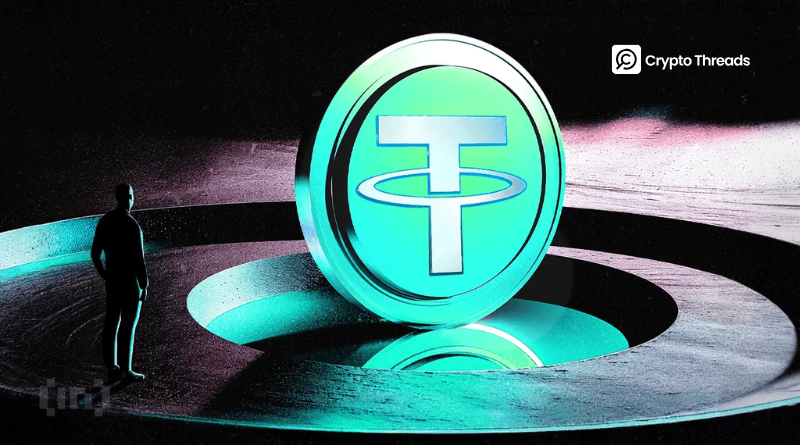Tether Reverses Plan to Freeze USDT on Five Blockchains
- Tether will not freeze USDT on Omni, Bitcoin Cash SLP, Kusama, EOS, and Algorand.
- Transfers remain active, but issuance and redemption are discontinued.
- Tron and Ethereum dominate with over $150B in USDT circulation.
- Smaller blockchains see minimal activity compared to major networks.
- Stablecoin adoption is expected to hit $2T by 2028, supported by U.S. policy.
Stablecoin giant Tether (USDT) has rolled back its plan to freeze tokens on five blockchains, announcing that users will still be able to transfer USDT on Omni Layer, Bitcoin Cash SLP, Kusama, EOS, and Algorand. While direct issuance and redemptions will no longer be available on these chains, the company emphasized that existing balances will remain active.
The decision came after Tether received strong feedback from communities tied to these ecosystems. Initially, the company had planned to freeze the smart contracts on September 1, effectively cutting off any transfers. Instead, Tether said it would discontinue official support but avoid a hard freeze, providing a softer exit for users who still hold USDT on these chains.
This adjustment reflects Tether’s broader strategy of concentrating resources on blockchains with the strongest developer activity, scalability, and user adoption. Currently, Ethereum and Tron dominate USDT circulation, with $72.4 billion and $80.9 billion in supply respectively, according to DeFiLlama. BNB Chain follows distantly with $6.78 billion, while other ecosystems like Solana, Arbitrum, and Base show heavy stablecoin activity but are largely powered by Circle’s USDC.
For smaller chains, the impact varies. The Omni Layer stands out as the most affected with $82.9 million USDT still circulating, while EOS holds about $4.2 million. Bitcoin Cash SLP, Algorand, and Kusama have less than $1 million each. Tether has been gradually winding down support for these blockchains for nearly two years, beginning with Omni, Kusama, and Bitcoin Cash SLP in 2023, and more recently with EOS and Algorand in mid-2024.
Even as Tether consolidates around major blockchains, the broader stablecoin market continues to expand. The sector now has a total market cap of $285.9 billion, led by USDT at $167.4 billion and USDC at $71.5 billion, according to CoinGecko. Analysts expect growth to accelerate after the passage of the GENIUS Act, signed into law by U.S. President Donald Trump in July 2025. The law is designed to reinforce the U.S. dollar’s global dominance by promoting stablecoins pegged to the dollar, with the Treasury forecasting a potential market size of $2 trillion by 2028.
Final thought
By listening to user feedback, Tether has avoided disrupting its smaller ecosystems while keeping its focus on the largest and most active blockchains. This strategy signals that USDT will continue to dominate the stablecoin landscape in the years ahead.



